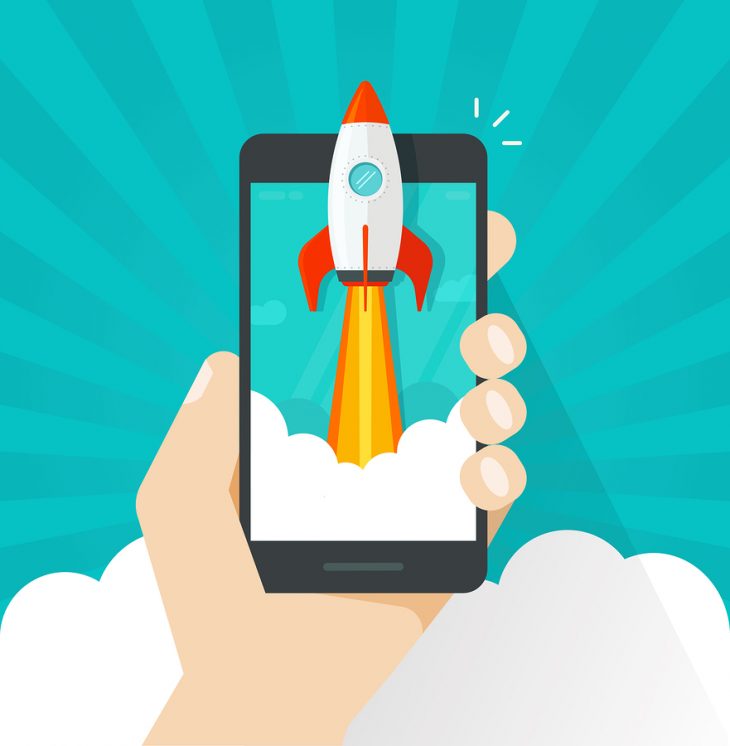
Canadian Samsung, Huawei users experience some of the best speeds
NEW DATA RELEASED THIS morning by Opensignal shows Samsung smartphone users around the world are generally seeing the fastest downloads when it comes to the three largest smartphone manufacturers.
Samsung users experienced faster download speeds than Apple and Huawei users in 35% of countries, across 40 countries analyzed, according to the measurement and analytics company.
Among the three largest smartphone makers, Apple users were faster in 17.5% of countries. And in the remaining 48% none of the three were fastest although Huawei users were joint-fastest in seven countries.
Among some of the highlights of the report:
- The country with the greatest advantage for Samsung users was Norway, where Samsung users were 12 Mbps faster than Huawei users, and 14 Mbps faster than Apple iPhone users. Next was Canada where Samsung users were 5 Mbps faster than Huawei users and 24 Mbps faster than iPhone users.
- In fact, Canadian iPhone users were tied for 10th place in terms of speeds experienced, at 31 Mbps, which was still ahead of American iPhone users who clocked in at 20 Mbps.
- In the U.S., Samsung users experienced download speeds 8.2 Mbps faster than iPhone users.
The report does not offer concrete reasons for these discrepancies but outlines four primary possibilities:
- The ability to connect to more frequency bands (though with over 40 4G bands in use, even industry veterans often struggle to keep track of the importance of every one).
- The ability to connect to more than one radio band at once – called carrier aggregation.
- Technologies that improve the performance on any given radio frequency such as the modulation type (e.g. 64 or 256 QAM) and the use of multiple simultaneous antennas (e.g. 2×2 or 4×4 MIMO).
- The choice of modem supplier and chipset (for example, Qualcomm, Intel, Huawei HiSilicon, Samsung Exynos or Mediatek)
“These network capabilities tend to be technical and hard to describe, so handset makers and mobile operators often do not explain them to the customers in their marketing materials as much as they should,” notes the report.
The Opensignal study was done between April 1 and June 30, 2019 where over 23.2 million total devices were measured and over 117 billion different measurements were taken.
To analyze the differences, Opensignal split smartphone users into three groups — low, mid and high-tier — based on a smartphone’s mobile network capabilities. Because high-tier models include more network technologies, they are more sensitive to mobile network improvements and are, in effect, a leading indicator of what the mobile network experience will be in the future.
The high-tier smartphone download experience ranges from 70.4 Mbps in South Korea and 67.1 Mbps in Canada (the top two) to 57.7 Mbps in Australia, 31.6 Mbps in the U.S. down to 6.6 Mbps in Iraq, comparing all smartphone brands across 73 countries.
Download speeds of high-tier smartphones were at least twice as fast as those of low-tier users in 25 countries.
Notably, in Thailand speeds measured on high- tier smartphones were 4.3 times as fast as those measured on low-tier smartphones; in Canada and the U.A.E, 2.9 times; and in Australia, Singapore and Switzerland, 2.6, 2.5 and 2.5 times respectively.
High-tier Samsung users experienced faster speeds than Apple and Huawei users with global download speeds of 26.6 Mbps, 25.1 Mbps and 24.4 Mbps respectively. However, among the mid-tier category, Apple users experienced the fastest speeds of the three largest smartphone brands, while Huawei users were fastest among low-tier users.


